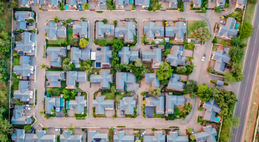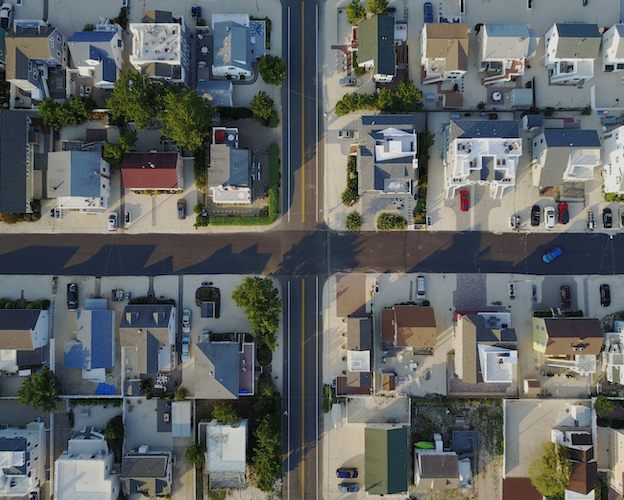In particular we focus on getting the loan structure right the first time, choosing which lenders to use in the right order (yes this is important) and finally getting our clients the best deal possible.
Could the next move in interest rates be down?
We think the next move in official interest rates will be down after a pause for the next 4-5 months. We have penciled in March 2024 for the first of a few cuts.
Earlier this month the RBA held the cash rate for the third consecutive month at 4.10% pa. It appears to us that inflation has passed its peak with the latest monthly CPI figure reading at 4.9% pa, down from a peak of 8.4% pa last December.
Around the world, western countries all raised interest rates in unison throughout most of 2022 and into 2023. The battle against inflation has for the most part been successful with inflation rates falling in most of the developed world. Inflation peaked in December 2022 and has been falling steadily since. While the individual inflation rates and cash rates differ from country to country the strong trend since December has been one of easing inflation worldwide.

With worldwide rates set above neutral to combat inflation economies are being slowed. If we also throw in China’s huge property and unemployment problems, we think its clear rates will need to be lowered in 2024 around the world to counter countries slowing too much.
The one caveat on this is if petrol prices keep increasing this may cause inflation to re-spike leaving the central banks little choice but to keep rates higher for longer.
But isn’t our cash rate low compared to other countries?
It is true that our cash rate is lower than most other western countries and there is a school of thought that the RBA will have no choice but to raise rates to protect the dollar. We don’t agree. Rates in other countries may be higher but this is because either there are differences in the way their lending systems work (USA) or they have more systemic economic issues (UK).
For example, the USA cash rate is now 5.33% while ours is 4.10%. Traditionally they have been fairly aligned. The issue the Fed has in the US is most home loan borrowers there have long term fixed rates so a higher cash rate only affects consumers who are taking out a new loan (moving house / buying a first home). The US Fed must therefore go harder on rate rises than our RBA to have a similar effect. USA real estate sales are down 18.9% YoY and refinancing activity is at all-time lows. Many people are obviously choosing to sit on their hands to ensure they don’t “break” their circa 2% pa fixed rates.
Fixed Vs Variable
Fixed rates are generally higher than variable rates currently but are trending down. All 4 major banks lowered their fixed rates significantly this week. We are recommending our clients stick to variable rates for now.
First home buyers and access to Government schemes
There are some amazing government schemes around helping first home buyers get into the property market.
In NSW first home buyers are exempt from transfer/stamp duty up to $800,000 and pay a sliding scaled amount over $800K phasing out at $1M.
There is also access to a $10k grant if they build, purchase or substantially renovate a ‘new’ home.
The other substantial help available is the government guarantee scheme. Those with low deposit amounts can get into a property up to a certain threshold ($900K in Sydney metro) with only a 5% deposit. The guarantee means the borrowers avoid the usual lender mortgage insurance (LMI) payable when you have less than a 20% deposit and can access “normal” interest rates and lending policies.
In NSW the stamp duty exemptions and government guarantee scheme can mean a savings of over $50K to first home buyers!! The sweet spot in Sydney / NSW major regional is under $800,000. Eligibility criteria apply including income caps for singles and couples.
Disclaimer:
Just our opinion and not financial advice 😉
Recent Posts
- Is now the time to access equity? APRA changes coming + Interest rate outlook
- Government Guarantee Scheme – an update on the changes from 1st October 2025
- Limited Deposit and don’t qualify for the government guarantee scheme? Up to 100% LVR loans available
- Government grants and schemes - to help you into the market
- Is Darwin property about to go Boom?
- Comparing interest rates (Western Democracies)
- Stage 3 Tax cuts - how will it effect your borrowing capacity?
- Property Share Loan Structure
- SMSF Property Investing & Lending - Back on the agenda
- Could the next move in interest rates be down?
































